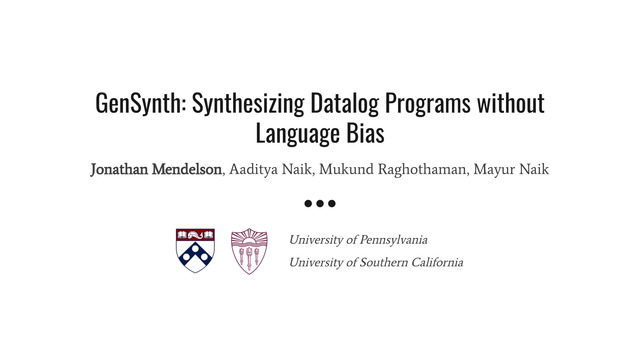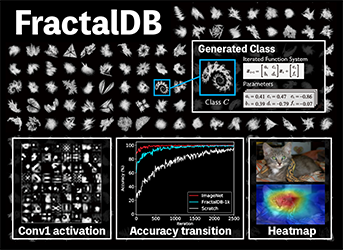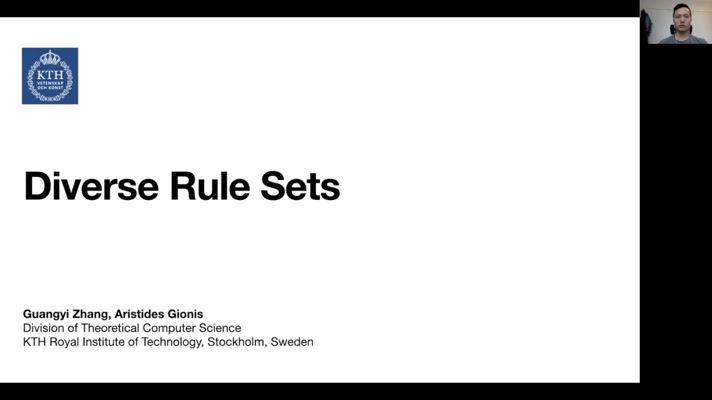Abstract:
Recent machine learning techniques have enabled a large variety of novel music generation processes. However, most approaches do not provide any form of interpretable control over musical attributes, such as pitch and rhythm. Obtaining control over the generation process is critically important for its use in real-life creative setups. Nevertheless, this problem remains arduous, as there are no known functions nor differentiable approximations to transform symbolic music with control of musical attributes.In this work, we propose a novel method that enables attributes-aware music transformation from any set of musical annotations, without requiring complicated derivative implementation. By relying on an adversarial confusion criterion on given musical annotations, we force the latent space of a generative model to abstract from these features. Then, reintroducing these features as conditioning to the generative function, we obtain a continuous control over them. To demonstrate our approach, we rely on sets of musical attributes computed by the jSymbolic library as annotations and conduct experiments that show that our method outperforms previous methods in control. Finally, comparing correlations between attributes and the transformed results show that our method can provide explicit control over any continuous or discrete annotation.









































